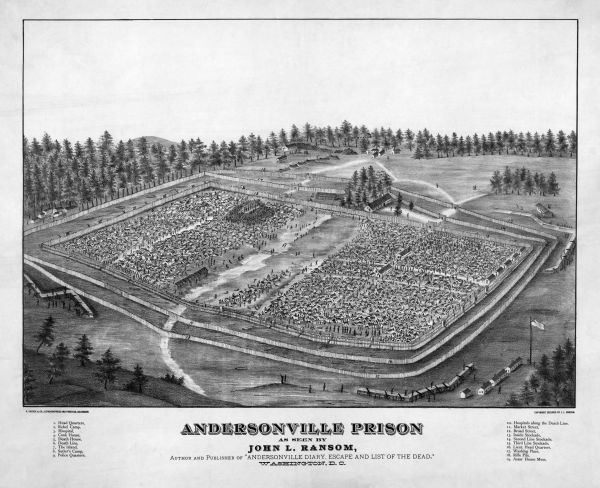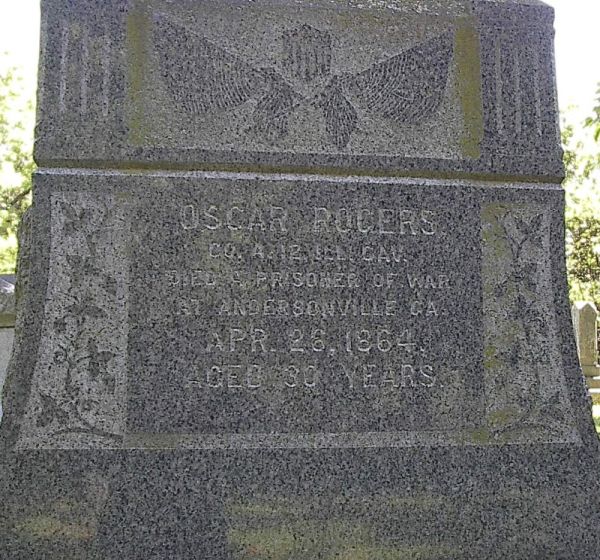Alma Anderson spent the early morning of June 18, 1957 as she often did. Her son, LaVerne and his wife Lucille had joined Alma and her husband Eric for breakfast before leaving for work that day. The family lived next door to each other on Oakes Avenue. People would later testify how close the family was.
The four had spent time in the breezeway drinking coffee and sharing the newspaper. Eric was sent back upstairs to change because the other three didn’t like the suit he had chosen to wear. The men left for work around 9:30a.m. The two women decided to spend some time weeding the flowers beds that surrounded the elder Andersons’ home.
Lucille returned to her home shortly after 10:00 a.m. She was just beginning her house work when she heard a horrendous explosion and was knocked to the floor.
Mrs. Aaron Johnson lived in the house on the other side of Alma’s. That morning she was sitting in her living room sewing. When the blast occurred it blew out thirteen windows in her house and broke all the glass in a china hutch near where she was sitting. The glass caused numerous cuts on Mrs. Johnson and she was unable to hear for a few minutes after the explosion.
Both Lucille and Mrs. Johnson raced outside to see what could have caused the loud eruption. Lucille was horrified to see the damage at the back of the Anderson home. She ran toward the home to locate her mother-in-law. Lucille would later state that she could not even comprehend the scene that greeted her.
Alma Anderson lay on the ground in the midst of the damage. She had been horribly maimed and was gasping for breath. Lucille was soon joined by others from the neighborhood and they tried to keep calm while they waited for help to arrive.
Alma was rushed to Swedish American Hospital where the doctors gave little hope for survival. She was rushed into surgery as the police gathered at the scene of the blast.
The authorities were under the assumption that the explosion had been caused by a gas leak in the home so the Central Illinois Electric and Gas Company sent investigators to look over the debris. They were joined by local firemen and as they sifted through the debris they came to a chilling conclusion.
The explosion had been deliberately caused by a handmade bomb. Police Chief Thomas P. Boustead soon arrived to take control of the scene that was now being labeled a deliberate attempt of murder. The findings at the scene changed everything and soon the family members were being questioned about their activities on that morning.
Eric felt he knew who might have planned the attack. He had served as a First Ward City Alderman for over 25 years and was well-known to the authorities. Eric felt the bomb was left for him in retaliation of his role in a city dispute. He became entangled in a fight with the old bureau of sanitation. The companies involved had been plagued with labor disputes for years and the city decided that it needed to take action. Eric was a vital part of the group that voted that to terminate the existing contracts and hire a private firm for garbage collection. He truly believed that the companies that lost the city’s business held him personally responsible.
The authorities must have agreed because they placed Eric and LaVerne in police protection. They had police guards for weeks after the bombing.
Alma’s wounds were devastating and the fact that she didn’t die immediately from the blast was considered to be a miracle. Her right arm and leg had been so damaged that the doctors needed to amputate them. She also lost the sight in her right eye and at first it was feared that she would be blind in the left. Her face and chest were punctured in numerous places from the metal debris that had blown up with the blast.
Investigators were working hard at the scene to gather the evidence to show exactly what had transpired at the Anderson home that morning. The door that the bomb had been placed at was very seldom used and they didn’t know why Alma would have been at the door. Lucille felt that Alma was walking around checking the flower beds around the home when she came upon the box.
It was later determined that the bomb had been placed in an old tackle box. It contained at least two sticks of dynamite but was probably more and had two different times of batteries for detonation. The investigators theorized that it was set to go off if anyone moved it. They could tell from her injuries that Alma had bent down to pick up the box and this protected her lower chest and abdomen from the blast. This probably saved her life. Wood from the home and pieces of Alma’s flesh were found over forty feet away.
Alma was on the brink of death for quite a while before the doctors offered any hope. But slowly, she began to show signs of healing. Alma thought she had suffered a stroke and had no memory of the blast. Though this frustrated the police, most people thought it was a blessing.
Alma amazed everyone around her with her determination and positive attitude about the injuries. Doctors were astonished by her recovery. They called it “miraculous” and took no credit for it. They gave the credit to Alma who had and undefeatable spirit and will to live. When Alma was finally released on August 7, 1957, the staff of the hospital threw her a party.
Alma went on to impress everyone who heard her story. She didn’t let her new disabilities stop her from living a full life. Though Alma was sixty one years old and had to learn how to do even the simplest tasks differently, she never gave up.
Eric continued to work for our city and in September 1957, he received an award for his dedication to the Faust Landmark. The $6,000.00 he was awarded was spent on some of the medical bills that the couple were required to pay from Alma’s injuries. He was humbled by the generous award and stated, “I never expected this. Just your friendship is enough.”
Eric passed away on September 16, 1969. Alma lived to be eighty four years old and died on November 24, 1979. They both are buried at the Scandinavian Cemetery.
Though a $15,000 reward was offered for tips leading to the arrest of the bomber, no one was ever arrested for this horrendous crime.
Copyright © 2017 Kathi Kresol, Haunted Rockford Events








